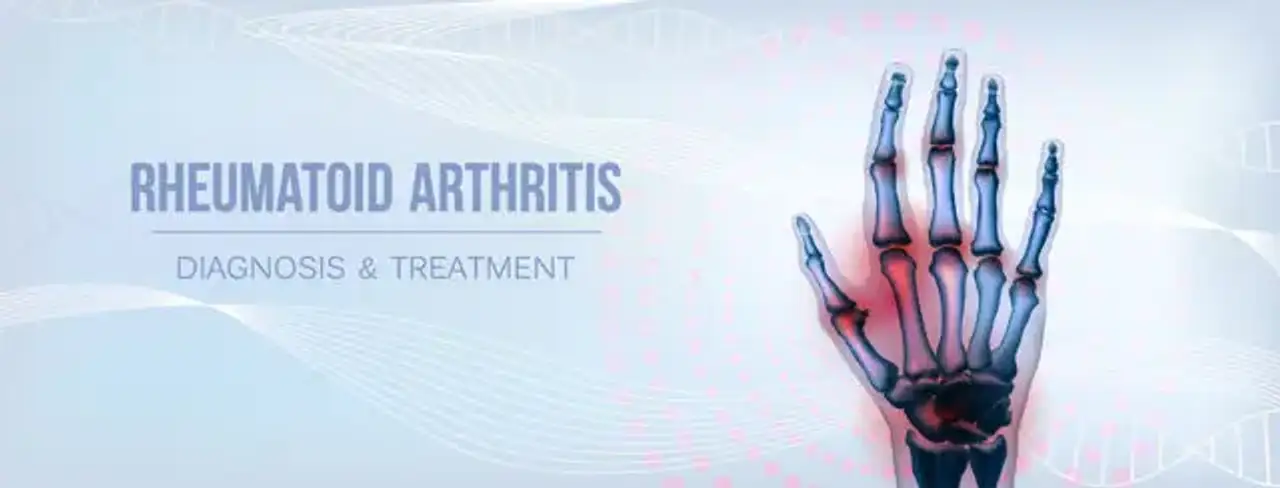Edith Piaf (1915–1963), the world class chanteuse from France, struggled most of her life with Rheumatoid Arthritis pains. She was born Edith Giovanna Gassion, later nicknamed La Môme Piaf (“the little sparrow”, in English). Her life was a struggle with parental abandonment, early child passing, and congenital diseases she dealt with her whole life.
She was born to an acrobatic street performer father and a circus singer mother. Her mother abandoned her, her father left to fight in World War I, and was raised by her grandmother who ran a brothel. Her only child died prematurely at age two due to meningitis and her own life was brief, died at the young age of 47, was only 147 cm tall and weighed as little as 66 pounds but her work was gargantuan and accomplished so much in French folk music that she is remembered even to this day and is a French icon of the arts in the twentieth century.
Her struggles with the pains associated with Rheumatoid Arthritis led to her reliance on alcohol and drugs to quell the pains. Rheumatoid Arthritis is often a misunderstood illness as the person may have it but to others it is not visually catastrophic enough to get sympathy.
What is Rheumatoid Arthritis? According to the CDC, Rheumatoid arthritis, or “RA”, is an autoimmune and inflammatory disease, which means that your immune system attacks healthy cells in your body indiscriminately, causing inflammation (painful swelling) in the affected parts of the body. RA mainly attacks the joints, usually many joints at once. RA commonly affects joints in the hands, wrists, and knees. In a joint with RA, the lining of the joint becomes inflamed, causing damage to joint tissue. This tissue damage can cause long-lasting or chronic pain, unsteadiness (lack of balance), and deformity (misshapenness). RA can also affect other tissues throughout the body and cause problems in organs such as the lungs, heart, and eyes.
The symptoms are wide range and varied but pain is the common denominator in most cases. With RA, there are times when symptoms get worse, called flares, and times when symptoms get better, known as remission. Common symptoms of RA include: pain or aching in more than one joint, stiffness in more than one joint, tenderness and swelling in more than one joint (such as hands or knees), weight loss, fever, fatigue, tiredness, and weakness of the body.
The specific causes of RA are unknown, but some factors can increase the risk of developing the disease. Researchers have studied a number of genetic and environmental factors that increase a person’s risk of developing RA.
Characteristics that increase risk:
Age. RA can begin at any age, but the likelihood increases with age. The onset of RA is highest among adults in their sixties.
Gender. New cases of RA are typically two-to-three times higher in women than men.
Genetics. People born with specific genes are more likely to develop RA. These genes, called HLA (human leukocyte antigen) class II genotypes, can also make your arthritis worse. The risk of RA may be highest when people with these genes are exposed to environmental factors like smoking or obesity.
Smoking. Multiple studies show that cigarette smoking increases a person’s risk of developing RA and can make the disease worse.
History of live births. Women who have never given birth may be at greater risk of developing RA.
Early Life Exposures. Some early life exposures may increase risk of developing RA in adulthood. For example, one study found that children whose mothers smoked had double the risk of developing RA as adults.
Obesity. Being obese can increase the risk of developing RA. Studies showed a positive correlation between obesity and development of RA.
A factor that can decrease risk:
Breastfeeding. Women who have breastfed their infants have a decreased risk of developing RA.
RA is typically diagnosed by reviewing symptoms and conducting a physical examination including X-rays and lab tests. It is best to diagnose RA early, within six months of the onset of symptoms, so that proper treatment can be used to effectively slow or stop disease progression such as damage to joints. Diagnosis and effective treatments, particularly treatment to suppress or control inflammation, can help reduce the damaging effects of RA.
RA can be effectively treated and managed with medications and self-management strategies. Treatment for RA usually includes the use of medications that slow disease and prevent joint deformity, called disease-modifying antirheumatic drugs (DMARDs); biological response modifiers (biologicals) are medications that are an effective second-line treatment. In addition to medications, people can manage their RA with self-management strategies proven to reduce pain and disability, allowing them to pursue the activities important to them.
If you enjoyed reading this article and wish to learn more about various healthcare options around the world, please visit www.icloudhospital.com. CloudHospital is the global healthcare nexus on the web, easily accessible 24/7 and staffed with highly experienced professionals in the field of medical services access across the world.
